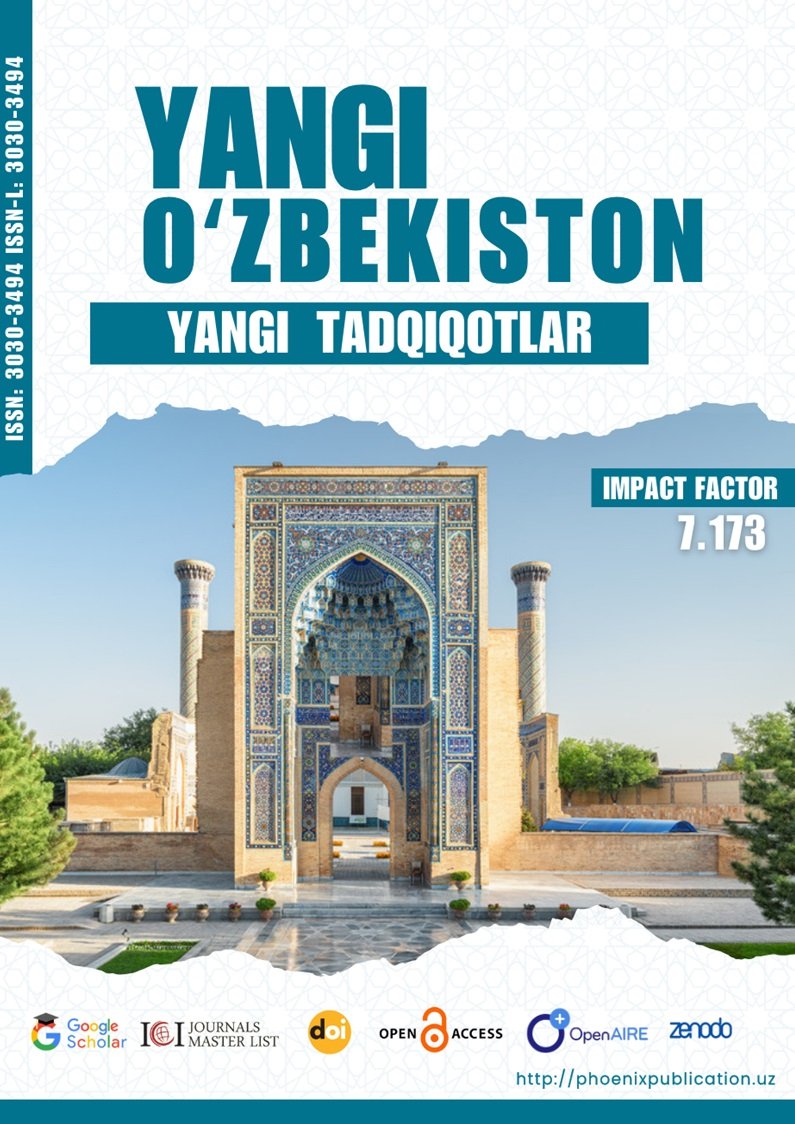Abstract
Social advertising, unlike commercial or political advertising, serves a public mission - to change attitudes, shape values, and promote socially beneficial behaviors. Because its persuasive impact depends largely on linguistic and cultural resonance, translation of social advertisements requires not only linguistic accuracy but also stylistic adaptability. This article explores the stylistic features of translating social advertisements, focusing on tone, emotional appeal, wordplay, metaphor, cultural adaptation, and audience perception. It argues that successful translation in this genre is a form of creative transcreation: the message must retain its moral urgency and emotional depth while being fully natural within the target language and culture
References
1. Torresi, I. (2020). Translating Promotional and Advertising Texts (2nd ed.). Routledge.
2. Rodríguez-Arcos, I. (2024). “Advertising Translation in Social Media: Multimodality and Simultaneity in a Global Campaign.” Babel: International Journal of Translation, John Benjamins Publishing.
3. Li, L., & Xiao, H. (2020). “Analysis of Translation Strategies of Slogans and Translator’s Subjectivity Based on Translation Ethics.” International Journal of Arts and Social Science, 3(2), 15–25.
4. Valdés, C., & Fuentes-Luque, A. (2016). “Translating Advertising and Promotional Texts: A Perspective from Applied Translation Studies.” Meta: Journal des Traducteurs, 61(1), 35–53.
5. Cook, G. (2015). The Discourse of Advertising (3rd ed.). Routledge.
6. Zurbano-Berenguer, B., & Vera-Cazorla, M. J. (2021). “Creativity and Adaptation in the Translation of Advertising Discourse.” Journal of Pragmatics, 178, 263–276.
7. Gotti, M., & Sarangi, S. (2018). Persuasion in Public Discourse: Theoretical and Applied Perspectives. Peter Lang.
8. Bhatia, V. K. (2017). Critical Genre Analysis: Investigating Interdiscursive Performance in Professional Practice. Routledge.
